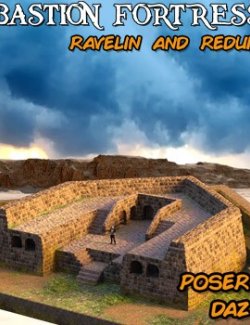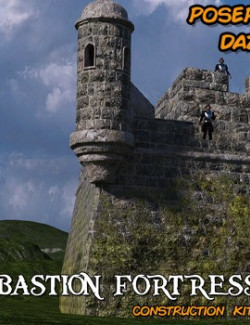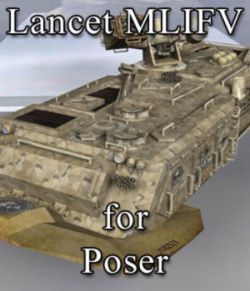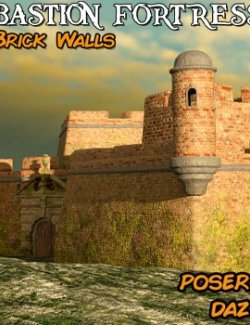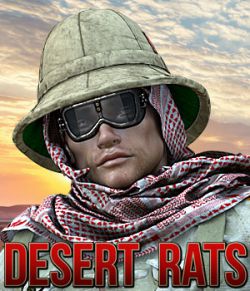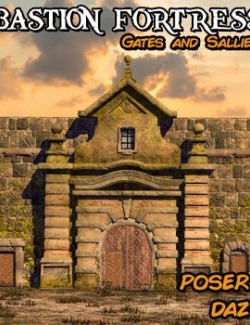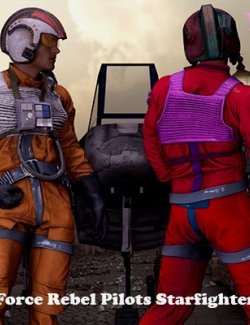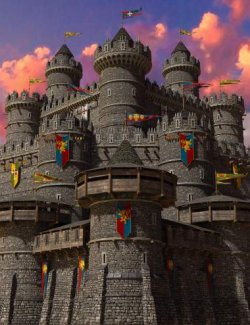Click on image to see gallery.
Warning! Some images may contain nudity and are not suitable for all viewers.
Czechoslovak Wall - Infantry Blockhouse preview image 0Czechoslovak Wall - Infantry Blockhouse preview image 1Czechoslovak Wall - Infantry Blockhouse preview image 2Czechoslovak Wall - Infantry Blockhouse preview image 3Czechoslovak Wall - Infantry Blockhouse preview image 4Czechoslovak Wall - Infantry Blockhouse preview image 5The Czechoslovak government built a system of border fortifications as well as some fortified defensive lines inland, from 1935 to 1938 as a defensive countermeasure against the rising threat of Nazi Germany. The objective of the fortifications was to prevent the taking of key areas by an enemy—not only Germany but also Hungary and Poland—by means of a sudden attack before the mobilization of the Czechoslovak Army could be completed, and to enable effective defense until allies—Britain and France, and possibly the Soviet Union—could help.
The basic philosophy of the design was a mutual defensive line, that is, most of the firepower was directed laterally from the approaching enemy. The facing wall of all the fortifications, large and small, was the thickest, covered with boulders and debris, and covered again with soil so even the largest caliber shells would have lost most of their energy before reaching the concrete. The only frontal armament was machine gun ports in cupolas designed for observation and anti-infantry purposes. Any enemy units that tried to go between the Blockhouses would have been stopped by anti-tank, anti-infantry barricades, MG and cannon fire. A few of the larger Blockhouse, or Artillery Forts, had indirect fire mortars and heavy cannon mounts. Behind the major structures were two rows of smaller four-to-seven-man pillboxes that mirrored their larger relatives, with a well protected front and lateral cross fire to stop any enemy that managed to get on top of the fort, or come up from behind. Most of the lines consisted of just the smaller pillboxes.
Construction was very rapid, and by the time of the Munich Agreement in September 1938, there were completed in total 264 heavy blockhouses (small forts or elements of strongholds) and 10,014 light pillboxes, which means about 20 percent of the heavy objects and 70 percent of the light objects. Although Czechoslovak soldiers were prepared to defend their homeland from these forts, there was no combat use, as Great Britain and France agreed with Hitler's Germany that Czechoslovakia must cede border areas to Germany, including a fortification system. Moreover, many other objects were near completion and would have been functional at least as shelters despite missing certain heavy armaments in some structures. However
After the German occupation of Czechoslovakia border regions as a result of the Sudeten Crisis, the Germans used these objects to test and develop new weapons and tactics, plan, and practise the attacks eventually used against the Maginot Line[2] and Belgium's forts, resulting in astounding success. After the fall of Belgium, France and the Low Countries, the Germans began to dismantle the "Beneš Wall", blowing up the cupolas, or removing them and the embrasures, some of which were eventually installed in the Atlantic Wall.
Our model presents one of typical heavy object - infantry blockhouse which is very similar to some casemates from the southern part of the Maginot Line, but with substantial improvements. Just like the pillboxes, the cannons and machine guns were pivoted at the tip, and this time fully enclosed, protecting the occupants from all but the heaviest of cannons. Such bunkers had a full ventilation system with filtration so even chemical attacks would not affect the defenders. Besides grid power, a two-cylinder diesel engine provided internal power. These fortifications also had full toilet and wash basin amenities, a luxury compared to its French counterpart casemates – however, these facilities were designed to be used only during the combat. While largely hollow with a few concrete walls as part of the structure, each chamber was further divided into smaller rooms by simple brick and mortar walls, with a last gap at the ceiling filled with tarred cork, since construction of a few of the casemates stopped before the internal walls were finished.
What is included:
Poser ERC figure
Infantry blockhouse
Props
antitank hedgehog
anti-infantry barbed wire obstacle
Presets
Infantry Blochouse with obstacles
3 part barbed wire
5 part barbed wire
Materials:
3 textures for concrete - plain, painted and comouflaged
3 textures for armor cloches (PBR and Specular - PBR by default).
Up to 6kx6k and textures suitable for closeups, Unpacked Runtime Size: 220 MB.
suitable for animations. Historical Reconstruction.
Software: Poser 7+
Where to buy: Renderosity
Publish date: July 23, 2019

